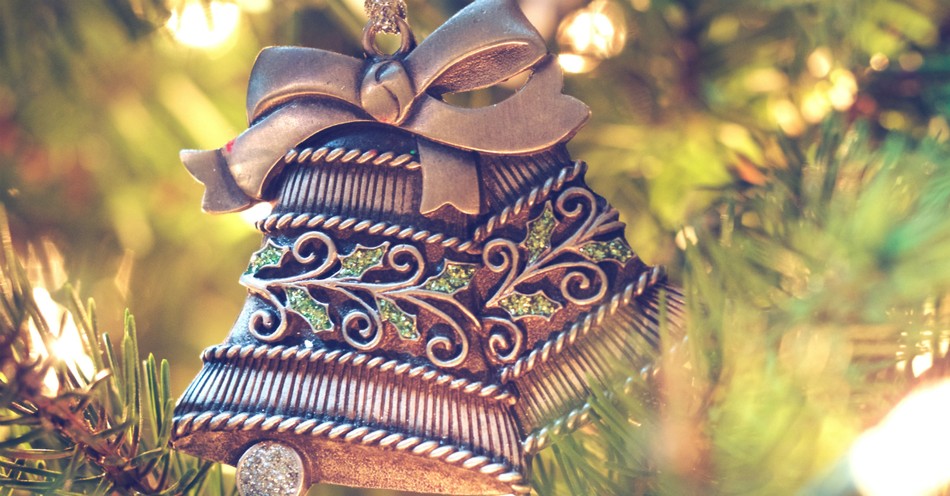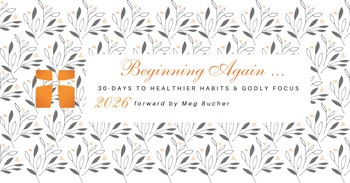“Ding Dong Merrily on High” may not mention angels or Jesus in its title, but this Christmas tune is all about Jesus’ birth.
Who Wrote the Song Ding Dong Merrily on High?
George Ratcliffe Woodward wrote the song “Ding Dong Merrily on High.” He often translated or created his songs from ancient works, many from the Renaissance. He wrote mostly religious verses, both original and translations.
The tune for “Ding Dong Merrily on High” came from a secular French dance tune known as "Branle de l'Official.". A cleric, writer, and composer, Thoinot Arbeau, composed the music in 1589 in France. Woodward wrote the words to the Christmas carol more than 300 years later.
Woodward published The Cambridge Carol-Book: Being Fifty-two Songs for Christmas, Easter, And Other Seasons, in 1924. His written verse to the French melody became a beloved and well-known Christmas carol.
Born December 27, 1848, in Birkenhead, northwest England, Woodward became an Anglican priest, poet, and musician. He was educated at English Gonville and Caius College, Cambridge. Woodward served in six parishes after being ordained in the Church of England. He lived and died in his native country in March 1934.
George Woodward’s hobbies included playing various musical instruments, including the church bells. “Ding Dong Merrily on High” echoes the ring of those bells he loved so much.
The Beatiful Lyrics and Meaning of Ding Dong Merrily on High
“Ding Dong Merrily on High” springs from the Christmas story of the angelic announcement of Jesus’ birth, from Luke 2, which is highlighted in the first stanza. It refers to this image from the Luke 2 passage:
And suddenly there was with the angel a multitude of the heavenly host praising God, and saying, Glory to God in the highest, and on earth peace, good will toward men.” (Luke 2:13-14 KJV)
The song captures the joyful spirit of Christmas with its lively melody and the repeated "Gloria" refrain, which echoes the angelic announcement of Jesus’ birth to the shepherds in the biblical account (Luke 2:13-14). The phrase "Hosanna in excelsis" is a Latin expression meaning "Praise in the highest," traditionally used in Christian liturgy to honor the birth of Jesus.
Joyful celebration sings out from“Ding Dong Merrily on High.” The first stanza seems to combine in jubilant union the original lively dance tune with ecstatic heavenly bells. It harkens back to the night Jesus was born when the sky filled with angels proclaiming, “Glory to God in the Highest.”
Ding Dong, merrily on high!
In heav’n the bells are ringing;
Ding dong, verily the sky
Is riv’n with angel singing.
Refrain:
Gloria, hosannah in excelsis!
Gloria, hosannah in excelsis!
The next two stanzas invite steeple bells, ringers, chimes, and singing. Woodward in his many linguistic and musical translations, tended to rigidity in reproducing rhyme and meter. Fluent in different languages and schooled in many, he was criticized for following so strictly the original music that his songs were often unsingable.
His works produced a macaronic style—a playful liberty to mix and create wording while maintaining a strict faithfulness to the original. Some of Woodward’s adaptations of language to match its beat may bring a smile today.
E’en so here below,
Let steeple bells be swungen,
And io, io, io,
By priest and people sungen.
(Refrain)
Pray ye dutifully prime
Your matin chime, ye ringers;
May ye beautifully rhyme
Your evetime song, ye singers.
(Refrain)
True to the original tune, each stanza portrays the joyful exuberance of Christmas.
“Ding Dong Merrily on High,” like many of Woodward’s works, rebirths the ancient into modern-day popularity. His unique translations with cumbersome wording mean his songs are not always easily sung. Even so, his persistently literal and concise renditions revived forgotten songs. Not only that, but songs like “Ding Dong Merrily on High” show that building on others’ work did not stifle his creativity.
What Can We Learn from Ding Dong Merrily on High?
The night Christ was born was a night like no other. Infinite God put on finite flesh to bridge the gap sin had created so that we might be saved. “Ding Dong Merrily on High” exudes joy and conveys the exultation born from that night. The words combined with an ancient secular melody do not necessarily impart deep spiritual truth, but it does invite praise and rejoicing to Christmas celebrations.
We can learn at least five things from “Ding Dong Merrily on High.”
- The song’s existence encourages us to incorporate our gifts to praise God. The way Woodward meshed one of his passions, bell ringing, into sounds of praise gives us a wonderful example of offering each part of our lives in praise. As Christmas approaches, we can learn from his example of allowing creativity to flow from truth.
- The song reminds us of the marvel of a night when angels sang to a group of lowly shepherds on a hillside. This angelic message still centers us in our Christmas festivities. It reminds us why we celebrate.
- The song showcases the pure joy of the season in lively tune and lyrics. Expressions of joy teach us praise.
- The song more generally helps us enjoy music, a gift of God. It brings joy and happiness through melody and lyrics. The reminder of God’s gifts at Christmas through the simplicity of good music lifts spirits and brings thankfulness.
- The song’s refrain (“Gloria, hosannah in excelsis!”) concludes by bringing us to exaltation, giving glory to God the Highest. Worship is in each refrain, bringing us to the heart of a worshipful holiday.
Christmas hymns remind us of a night when the angels announced the Messiah’s birth. Songs like “Ding Don Merrily on High!” herald the start of the season and make it feel special. But the fact is, the amazing reality of God clothed in flesh should stir our hearts every day. Whether bells ring or voices sing, our worship resounds in that message. The Christmas season reignites the wonder of the gift of the Christ Child. It returns our attention to the angelic chorus which filled the sky with glorious praise. Gloria, hosannah in excelsis!
Glory in the Highest!
Photo Credit: Unsplash/Aaron Burden

Her love for pasta and all things Italian stems from years of ministry abroad. She’d love to tell you about it over a steaming cup of cappuccino. Connect with Sylvia on her blog, When the House is Quiet, her Facebook page, or Twitter.
This article is part of our larger Christmas and Advent resource library centered around the events leading up to the birth of Jesus Christ. We hope these articles help you understand the meaning and story behind important Christian holidays and dates and encourage you as you take time to reflect on all that God has done for us through His Son, Jesus Christ!
What Is Advent: Meaning, History, and Traditions
Advent Prayers for Friends, Family, and More
What Is an Advent Wreath and How to Use One?
The History of Santa Claus: Origin of St. Nicholas
Christmas Bible Verses & Scripture Story
What is Christmas? True Meaning and Holiday History
Christmas Eve History and Traditions
Why Gold, Frankincense, and Myrrh?
When Was Jesus Born? Why December 25th
Where Was Jesus Born?



.jpg)